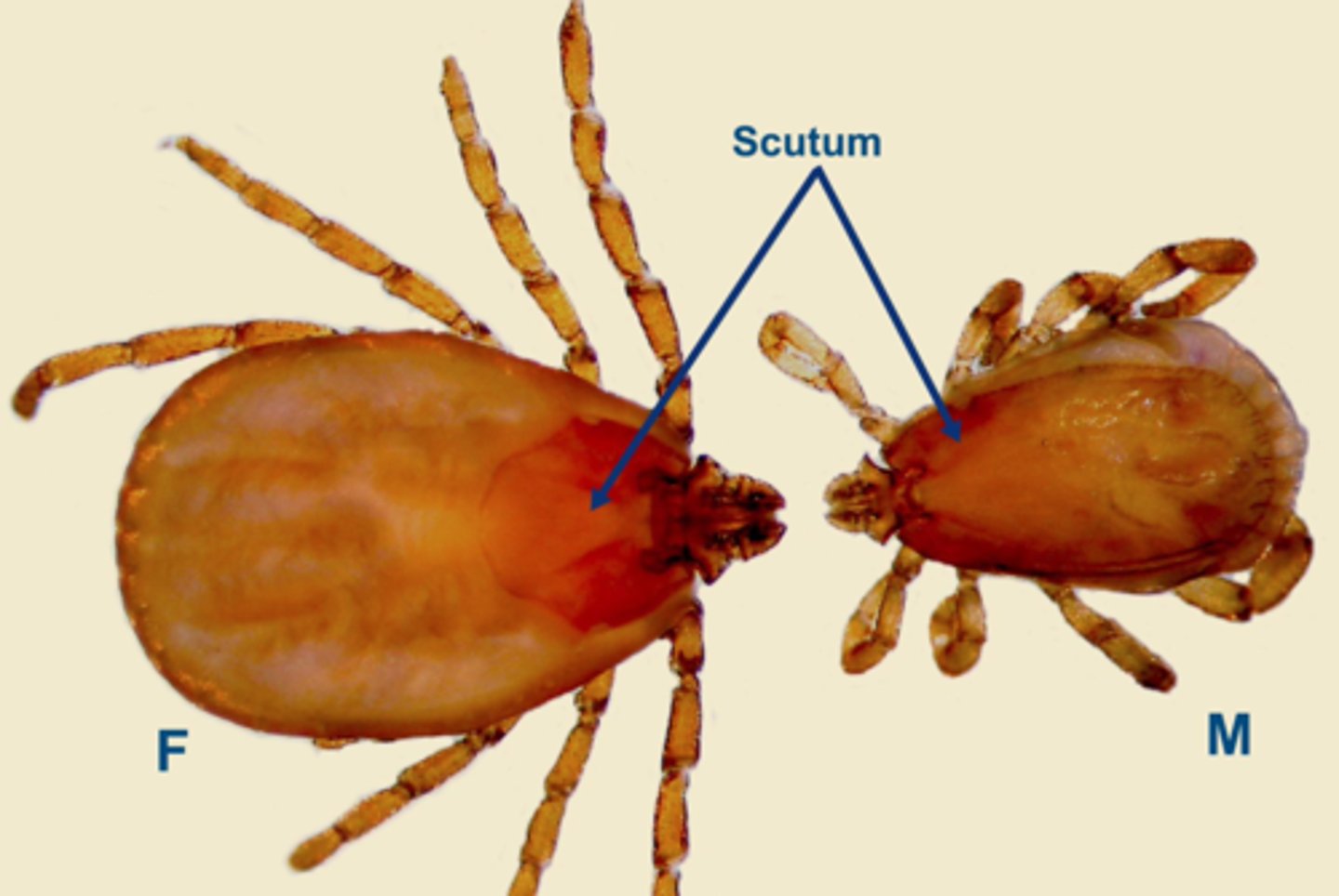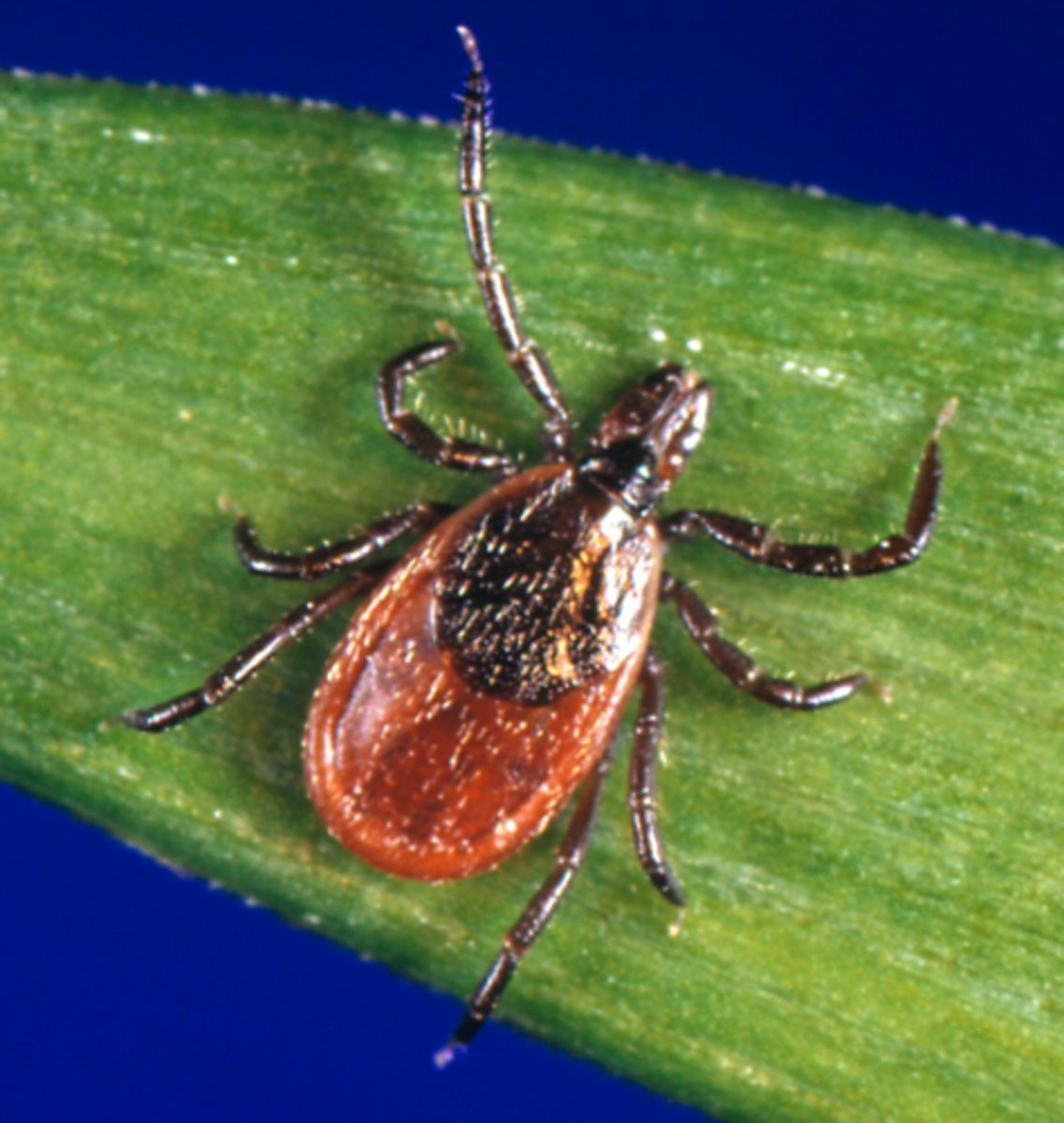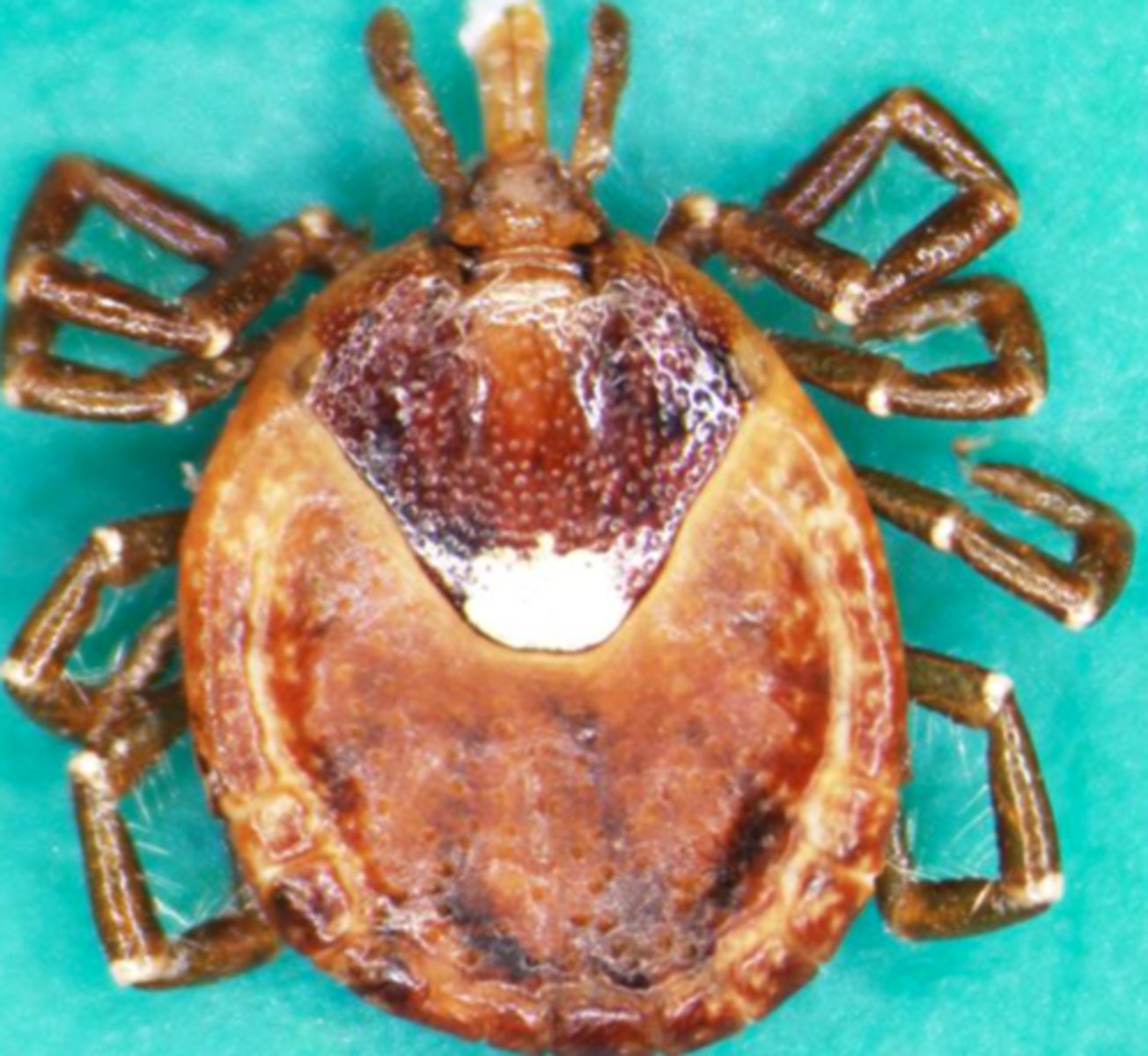Veterinary Practice Management - Final Exam Review
1/193
There's no tags or description
Looks like no tags are added yet.
Name | Mastery | Learn | Test | Matching | Spaced |
|---|
No study sessions yet.
194 Terms
Parasite
An organism that lives on or within and at the expense of another organism
Ectoparasite (fleas, ticks, mites, lice)
A parasite that lives on the host's body surface
Endoparasites (tapeworms, roundworms, hookworms)
A parasite that lives within the body or internal body passages of its host
Protozoa (coccidia, toxoplasmosis, giardia)
A microscopic single celled organism that is either free-living or parasitic that feeds on organic debris or microorganisms
Nematodes
Identify the scientific name for roundworms
Toxocara canis, toxocara cati, and toxascaris leonine
Identify the roundworm that affects the dog, cat, and both cat and dog, respectively
Cestodes
Identify the scientific name for tapeworms
Dipylidium caninum
The most common tapeworm, with the flea as an intermediate host
Taenia pisiformis
A canine tapeworm, with the rabbit as an intermediate host
Trematodes
Identify the scientific name for flukes
Ancylostoma caninum
Identify the scientific name for canine hookworm
Trichuris vulpis
Identify the scientific name for canine whipworm
Helminth
From the Greek meaning of worm, this generally refers to intestinal parasites
Anthelmintic
A general term used to describe a compound that kills various intestinal parasites
Definitive host (fertilization occurs within this host)
A host in which the parasite undergoes sexual reproduction
Intermediate host
A host that harbors the larval stages of the parasite
Paratenic host
A host in which larval development does not occur, but acts as a bridge to to the definitive host in order for the parasite to complete its life cycle
Aberrant host (dead end host)
A host in which the parasite cannot complete its development
Ctenocephalides canis and ctenocephalides felis
Identify the scientific name for the dog and cat flea, respectively
Fleas
Identify the most common ectoparasite
80 degrees Fahrenheit and 80% humidity
What type of environment do fleas prefer?
Egg, larva, pupa, and adult (3 week life cycle)
Identify the life stages of the flea
• Eggs roll off into the environment, and thrive in carpet fibers
• Larvae form cocoons and become pupae
• The pupa can live for months in the environment and are resistant to freezing, drying, and many insecticides
• Adult fleas emerge from their cocoon when they sense a new host is present
Describe the life cycle of the flea
40 eggs per day
How many eggs can the female flea lay per day?
• Pruritus and alopecia
• Erythema (skin redness), excoriation, ulceration
• Flea allergic dermatitis (FAD)
What are the clinical signs associated with fleas?
Flea allergic dermatitis (FAD)
A hypersensitivity reaction secondary to antigen in flea saliva
Erythema
Abnormal redness of the skin
• Near rump, tail head, back of thighs in dogs
• Neck region in cats
• Fleas are not always seen!
Where are fleas typically seen in dogs and cats?
To interrupt flea life cycle on both the host and in the environment
What is the goal of flea treatment?
• Topical medication - Frontline (fipronil) or Advantage (imidacloprid)
• Oral medication - Trifexis (spinosad) and Nexgard (afoxolaner)
• Flea collars like Seresto (imidacloprid plus flumethrin)
• Insect growth regulators like Sentinel (milbemycin plus lufenuron) and Frontline Plus (fipronil plus methoprene) to kill eggs and/or larvae
List methods of flea treatment
Sarcoptes scabiei (scabies mites)
Ectoparasite that is fairly host specific, affecting wild Canidae such as wolves, foxes, coyotes, and rarely cats
Older dogs and immunosuppressed individuals are more susceptible
Which animals are most susceptible to sarcoptes scabiei var. canis?
• Eggs, larvae, nymph, adult
• Live in epidermis where they reproduce and lay eggs
• Life cycle is completed on the host
• Life cycle takes less than 3 weeks
Describe the life cycle of scabies mites
• Hallmark of the disease is intense pruritus
• Alopecia at ear margins, elbows, abdomen, hocks
• Skin is usually erythematous and crusty
What are the clinical signs associated with scabies mites?
• Deep skin scrape
• ELISA testing
• Skin biopsy
Identify methods of diagnosing scabies mites
Enzyme-linked immunosorbent assay (ELISA)
A lab technique used to check for antigens, antibodies, and certain proteins
• Selamectin, ivermectin, moxidectin, isoxazolines
• Adjunctive therapy with antibiotics and anti-inflammatory drugs may be necessary
• Usually resolves in 6-8 weeks with alleviation of signs within 2 weeks
List methods of scabies mites treatment
Notoedres cati
A burrowing mite similar to sarcoptic mange that primarily affects cats
Otodectes cynotis (mostly seen in cats)
Identify the scientific name for ear mites
• Intense pruritus secondary to hypersensitivity reaction
• Scratching and rubbing ears, and head shaking
• Possible neuro signs secondary to inner ear disease
• Ear canals filled with waxy, crusty, dark brown exudate
• Possible secondary bacterial infection
What are the clinical signs associated with otodectes cynotis?
• Topical ear medication - Milbemite (milbemycin) or Tresaderm (thiabendazole)
• Systemic topical placed on skin - Revolution
List methods of treating otodectes cynotis
Cheyletiella spp
Identify the scientific name for walking dandruff mite
• Life cycle is 10 to 14 days
• Entire life cycle is on the host
• Eggs are attached to the hair follicle
• Larvae and nymphs can only survive a few days off of the host but adults can last several weeks
• Eggs are the source of infestation in the environment
Describe the life cycle of cheyletiella spp
Demodex canis (demodectic mange)
Cigar-shaped mite present in all dogs despite most not showing clinical signs
• Entire life is spent on the host
• Live primarily in hair follicles where females lays eggs and in sebaceous glands
• Entire life cycle is approximately 3 weeks
• Mites do not survive off the host, so the environment is not considered a major source of infection
Describe the life cycle of demodectic mange
Transmission of the mite is from dam to puppies during nursing
How is demodectic mange transmitted?
False! Pruritus is not common unless there is secondary bacterial infection
True or false? A clinical sign of demodectic mange is intense pruritus.
• Localized demodicosis
• Generalized demodicosis
• Pododemodicosis
Demodicosis may present in three different forms known as
Localized demodicosis (Common in dogs < 1 year of age)
Form of demodicosis characterized by small areas of hair loss, erythema, and scaling around the mouth, eyes, and forelegs
Treatment is usually unnecessary unless it lasts longer than several months or is progressive
How is localized demodicosis treated?
Generalized demodicosis
A severe and widespread case of demodicosis associated with follicular hyperkeratosis and staph.pseudintermedius infection
• Underlying disease process like endocrinopathy or neoplasia causing immunosuppression
• Dogs lose their ability to keep the population of demodex under control
• Poor prognosis due to underlying disease
• Juvenile onset is 3-18 months of age
Juvenile onset of generalized demodicosis usually has a good prognosis with treatment. What does the onset in dogs over 5 years old usually indicate?
Hyperkeratosis
A condition where excessive keratin is made resulting in thickened skin
Pododemodicosis
Form of demodicosis characterized by severe lesions restricted to the feet, typically in older dogs
Isoxazolines such as Nexgard, Bravecto, and Simparica
How do you treat generalized demodicosis and pododemodicosis?
• Deep skin scrapings
• Pinch skin between fingers and squeeze to force mites out of the hair follicle
• Diagnosis confirmed if a large number of mites are seen or if there are more larval and nymph stages than adults on the slide
How is demodectic manage diagnosed?
True!
True or false? Demodex is not considered a zoonotic disease
Pediculosis
Lice infestation is sometimes referred to as
Linognathus setosus
Identify the scientific name for the sucking mite present in dogs
Trichodectes canis
Identify the scientific name for the chewing mite present in dogs
Felicola subrostratus
Identify the scientific name for the chewing mite present in cats
• Eggs (nits), nymph, adult
• Spend their entire life cycle on the host
• All life cycle stages can survive for short periods of time in the environment
• Adult females lay eggs which are attached to hairs
• Nymphs undergo two moults to become adults
Describe the life cycle of lice
Young, stressed animals in high density conditions or older animals with concomitant disease or neglect
Which animals are most susceptible to lice?
By the shape of the head
How can you differentiate sucking from chewing lice?
Dermatitis and hair loss on the head and anterior back
What are the clinical signs associated with sucking lice?
• Feed on epithelial debris and hair causing pruritus and hair loss
• Blood loss due to heavy infestation may occur resulting in weakness secondary to anemia
What are the clinical signs associated with chewing lice?
Dipylidium caninum (tapeworm)
Chewing lice may also serve as a vector for
True!
True or false? Pets are not a reservoir for, or a source of, human infestation with human lice
Dermacentor variabilis (3-host tick with each life stage feeding on a different host)
Reddish-brown, ornate ectoparasite known as the American dog tick

• None in a light or moderate infestation
• Heavy infestations may cause alopecia and pruritus around the tick bite
What are the clinical signs of ticks?
• Larvae and nymphs host on mice, rabbits, or gophers
• Adults host on wild ungulates, livestock, dogs, and people
Describe the 3-host tick life cycle of dermacentor variabilis
• Rocky Mountain Spotted Fever (Rickettsia rickettsii)
• Tularemia (Francisella tularensis)
• Ehrlichiosis (Ehrlichia canis)
What is the zoonotic potential of dermacentor variabilis?
Rickettsia rickettsii
What is the scientific name for Rocky Mountain Spotted Fever?
1 - Avoid tick habitat
2 - Thorough tick checks (remove ticks within 6-24 hour)
3 - Use tick prevention and reduce exposure
Identify the three tiers of tick control
• Remove ticks within 6-24 hour with tweezers or hemostats
• Grab the mouth parts as close to the skin as possible using gentle pressure
• Ticks secrete a glue patch and embed their mouth parts in the skin
• Bites should be cleaned and monitored
What is the ideal protocol for tick removal?
Isoxazolines such as Simperica, Bravecto, and NexGard
What is the ideal method for tick prevention?
Rhipicephalus sanguineus (a 3-host tick)
A medium-sized, yellowish-brown ectoparasite known as the Brown dog tick

• Life cycle can be completed in 8 weeks, but usually takes 4-5 months
• Unfed larvae and nymphs can live for months in the environment, and adults for 1-2 years
• Each life cycle stage comes off the dog and moults in the environment
Describe the life cycle of rhipicephalus sanguineus
• Rocky mountain spotted fever
• Babesiosis
• Ehrlichiosis
• Anaplasmosis
What is the zoonotic potential of rhipicephalus sanguineus?
Ixodes scapularis (a 3-host tick)
Small, reddish-brown, teardrop shaped tick known as the Black-legged tick or Deer tick

• Entire life cycle is completed in 3 years, 1 year for each life stage
• Larvae and nymphs host on small rodents or songbirds
• Adults host on white-tailed deer, people, cats, and dogs
Describe the life cycle of ixodes scapularis
Primary vector for Lyme disease caused by the spirochete Borrelia burgdorferi
What is the zoonotic potential for ixodes scapularis?
Amblyomma americanum (aggressive, fast, and love to bite)
The primary tick of Southeast US known as the Lone star tick

• Can act as a vector for Ehrlichia, Rickettsia, and Borrelia starii
• Bites have been shown to cause a sensitivity red meat characterized by GI disturbance, rashes, hives, or anaphylaxis
What is the public health significance of amblyomma americanum?
• Dermacentor variabilis (American dog tick)
• Rhipicephalus sanguineus (Brown dog tick)
• Ixodes scapularis (Black-legged tick or Deer tick)
Which of the ticks are considered to be 3-host ticks?
Amblyomma americanum (Lone star tick)
Which tick is known to cause a sensitivity to a carbohydrate on mammalian eat cells called alpha-gal syndrome?
Helminths
Another term for parasitic worms
Toxocara canis (an ascaris nematode)
What is the most common helminth parasite of the dog?
The small intestine
Where do all roundworms reside?
• Infective larvae ingested by a paratenic host or the definitive host (dog)
• Larvae migrate from mom's vasculature, to the placenta, into the liver
• When puppies are born, the larvae undergo hepatotracheal migration and are coughed up, swallowed, and finish the maturation process in the small intestine
Describe the life cycle of toxocara canis
• Migrating larvae in lungs may cause respiratory signs
• Poor growth or body condition
• Pot bellied appearance and diarrhea, especially in puppies
What are the clinical signs of roundworms?
• Pyrantel pamoate
• Fenbendazole (Panacur)
• Moxidectin or ivermectin
What is the treatment for toxocara canis?
Visceral larva migrans and ocular larva migrans
What is the zoonotic potential of roundworms?
Toxocara cati
What is the most common helminth parasite of the cat?
• Larvae undergo hepatotracheal migration
• Prenatal infection does not occur
• Trans-mammary transmission during nursing which is the primary way young kittens get infected
Describe the life cycle of toxocara cati
Toxascaris leonina
The roundworm that infects both dogs and cats
Ancylostoma caninum (A. canis for dogs and A. tubaeformis for cats)
The hookworm of domestic and wild canids
Anemia
What are the clinical signs of ancylostoma caninum?
Cutaneous larva migrans
What is the zoonotic potential of ancylostoma caninum?
Trichuris vulpis (whipworm)
Adult nematodes that reside in the cecum